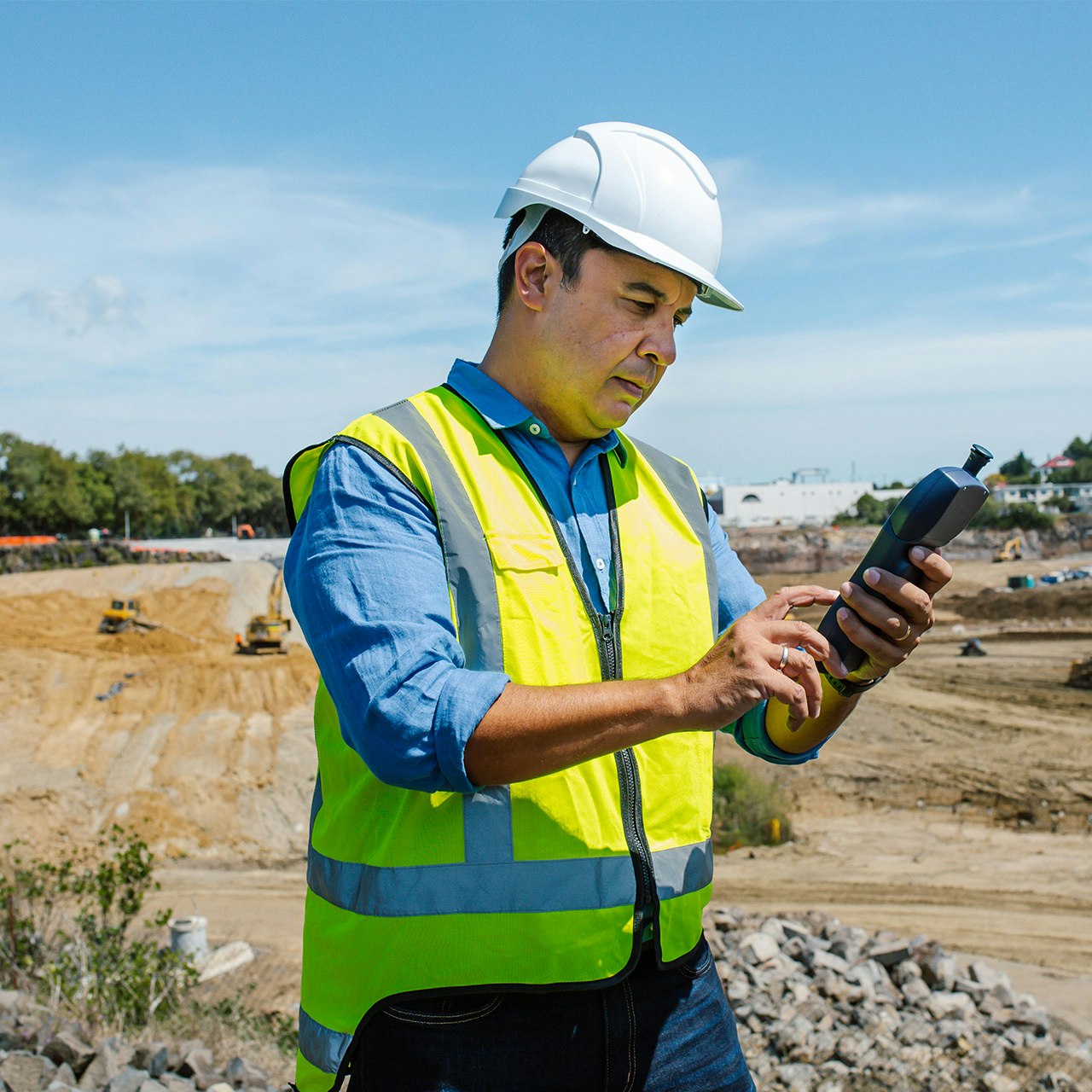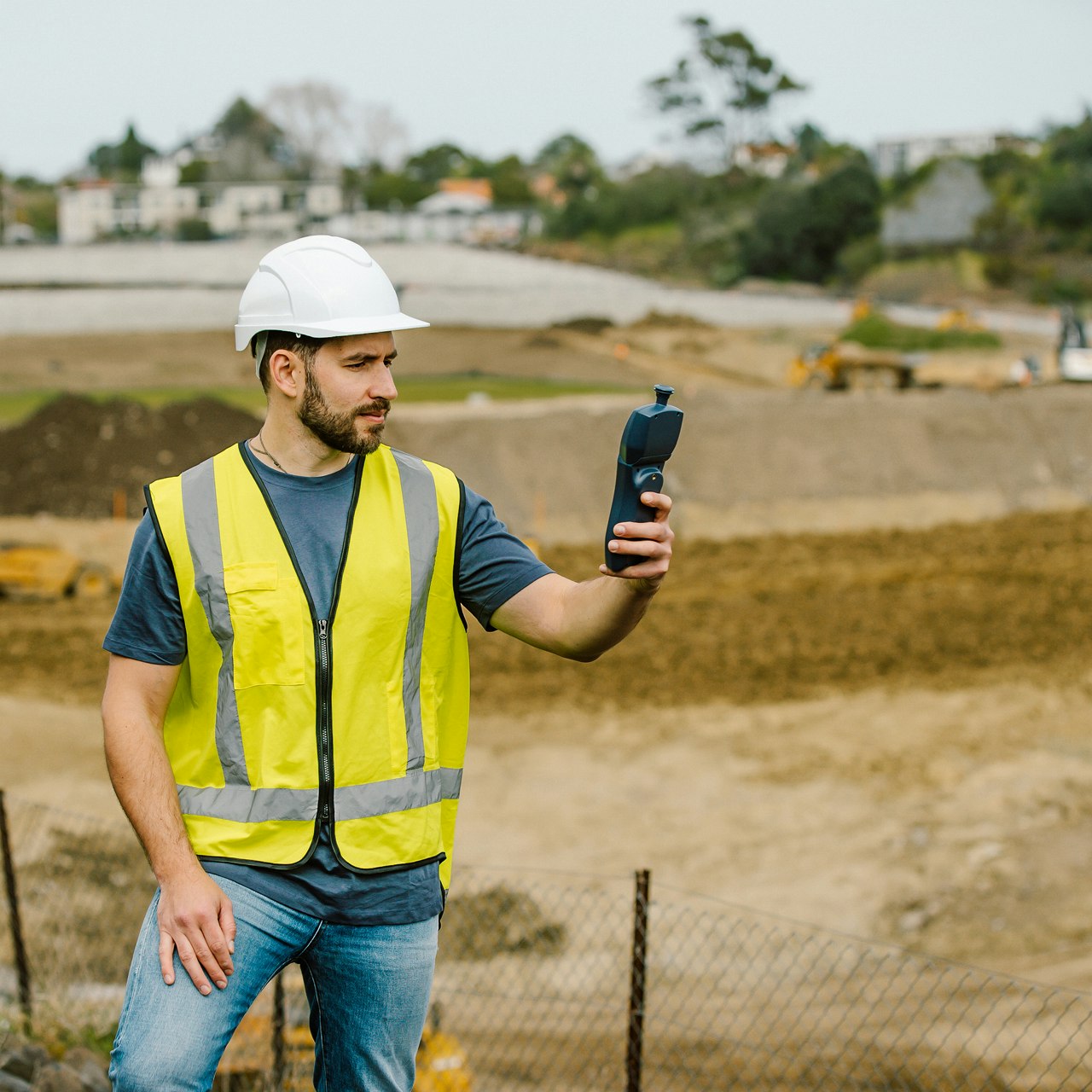Case Study
Van-Mounted Monitoring Solutions Enable Neighborhood-Specific Air Monitoring in NYC
The New York City Department of Environmental Protection (DEP) is the agency responsible for New York’s environment.
Project Details
Project
New York City Department of Environmental Protection
Location
United States
Date
2016
Services
AQM 65 Compact Air Quality Station - Van Mounted
Measurements
PM, NO2, wind speed, wind direction, temperature and humidity
Sector
Community
The customer
The New York City Department of Environmental Protection (DEP) is the agency responsible for New York’s environment. In addition to managing the city’s water supply and waste water services the DEP also regulates and measures air quality, hazardous waste, noise and other critical quality of life issues that affect the city’s 8 million residents.
As part of the OneNYC strategy, launched in 2007, New York City set the ambitious goal to “achieve the cleanest air quality of any big U.S. city” by the year 2030. Along with air quality initiatives by other City agencies, the DEP is responsible for updating and enforcing the Air Pollution Control Code which has the goal to preserve, protect and improve the air resources of the city.
The problem
Despite significant improvements over the last decade, air pollution in New York City (NYC) still presents a serious environmental threat. Improving the city’s air quality is a difficult task because there are many types of air pollutants that come from millions of sources both inside and outside city boundaries. As with most cities’ heavy traffic volumes, varied weather patterns and sporadic emissions result in patterns of air quality that vary on both spatial and temporal scales.
The existing air quality network in New York State is spread across approximately 55 monitoring sites and managed by the NYS DEC. Traditional fixed-base air quality monitoring stations, such as these, are very costly and are often strategically located to monitor known pollution sources or capture background air quality levels. However, micro-scale climate processes combined with sporadic point source emissions can result in complex localised air quality issues that may be missed by a fixed-base network.
The DEP often received complaints for localised air quality issues and the initial response by enforcement uses a visual observation for dust. Several of these complaints were further investigated using gravimetric samplers, diffusion tubes and other methods that required monitoring equipment to be installed at the site for upwards of 24 hours. The challenge for the DEP was to develop a highly mobile air quality monitoring system that allowed them to investigate these short-duration nuisance air quality complaints at the source. The solution needed to be quick to deploy, able to collect accurate real-time air quality data and have minimal power requirements.
Related products
The solution
To develop a solution the DEP worked with Aeroqual’s local partner, The JJ Wilbur Company, to design a mobile monitoring station that could be installed in the back of a van. The DEP had strict budget requirements and the AQM 65 was chosen because of its low cost compared to conventional reference equipment. In addition, the AQM 65 technology had been proven to exhibit a close correlation to USEPA reference stations and could be calibrated using standard reference materials. This gave the DEP comfort that the data would be robust and traceable to known standards. Its compact design and low power consumption also made it an ideal choice for installation in a vehicle.
The DEP’s mobile monitoring station is configured to measure particulate matter, NO2 and a full suite of meteorological parameters (including wind speed, wind direction, temperature and humidity). The vehicle is also equipped with an integrated gas calibration system, batteries, solar panels and an inverter that allows the AQM 65 to operate autonomously for up to 3 days on a full battery charge.
Evaluation
The van mounted AQM 65 offers the DEP a flexible and cost-effective way to conduct neighbourhood-specific air quality monitoring in response to complaints received from local communities. For quality assurance purposes, the van was initially operated beside a fixed-base reference station in Queens. Analysis of data from the co-location study showed that the AQM 65 measurements exhibited a strong correlation with those of the reference station.
The van mounted system has made it possible for the DEP to move rapidly from site to site and develop additional criteria for defining an air quality problem. This will assist in quickly assessing the extent of an air quality problem in the future. Its ability to collect real-time data has cut weeks of analysis time spent in the lab, and in the operator’s words “it’s much better than weighing filters and setting up diffusion tubes for months at a time”.
Case studies
Case Study - Community
Real-Time Dust Monitoring Drives Award-Winning Study of Particulate Matter in China
Case Study - Brownfield Redevelopment
Texas Landfill Study Gathers Large Scale of Quality Data on a Limited Budget
Case Study - Community
Real-Time Ozone Sensor Network Helps California District Overcome Regulatory Problems
Want to learn more?
If you’d like to know more about this case study, or to discuss your air monitoring requirements, please get in touch.












